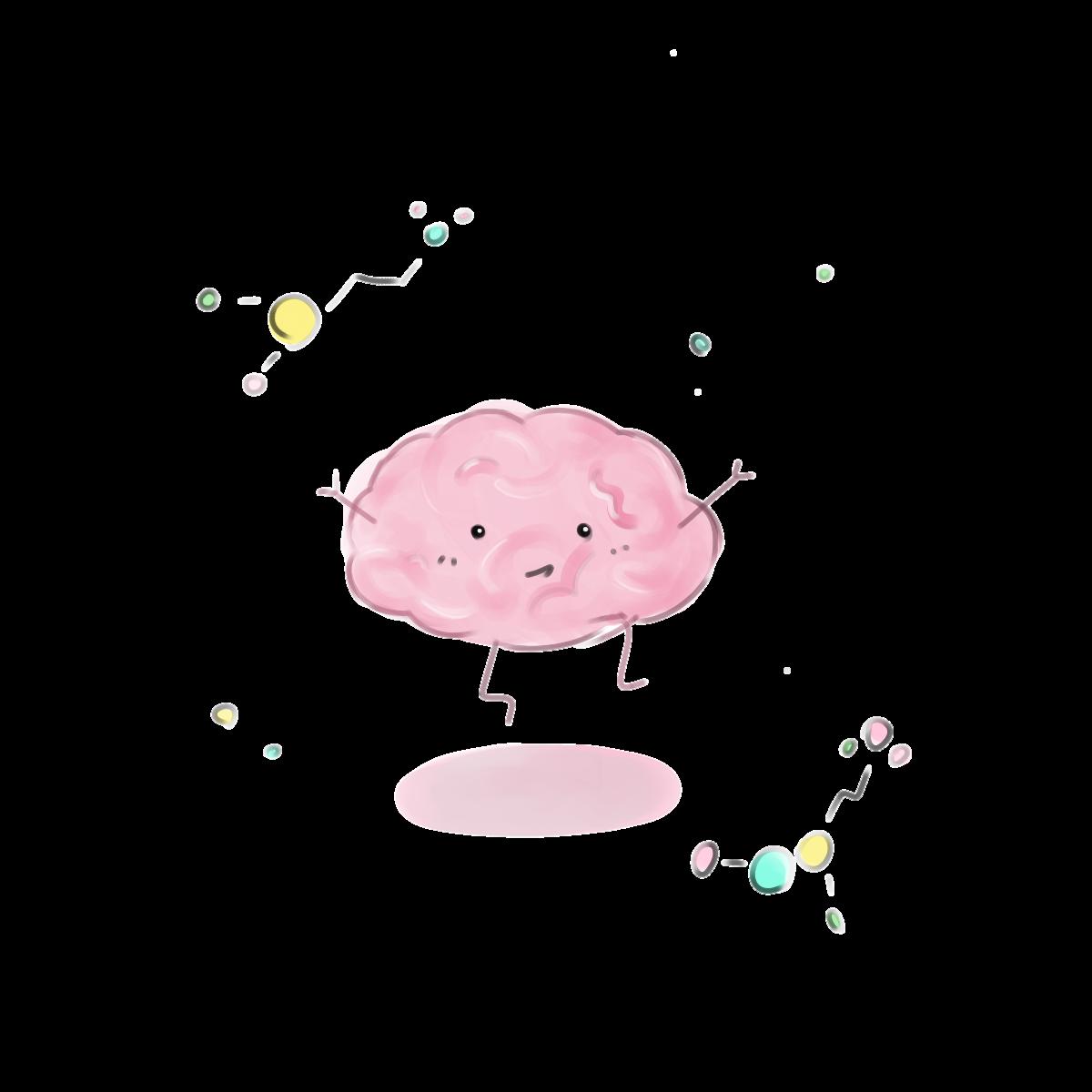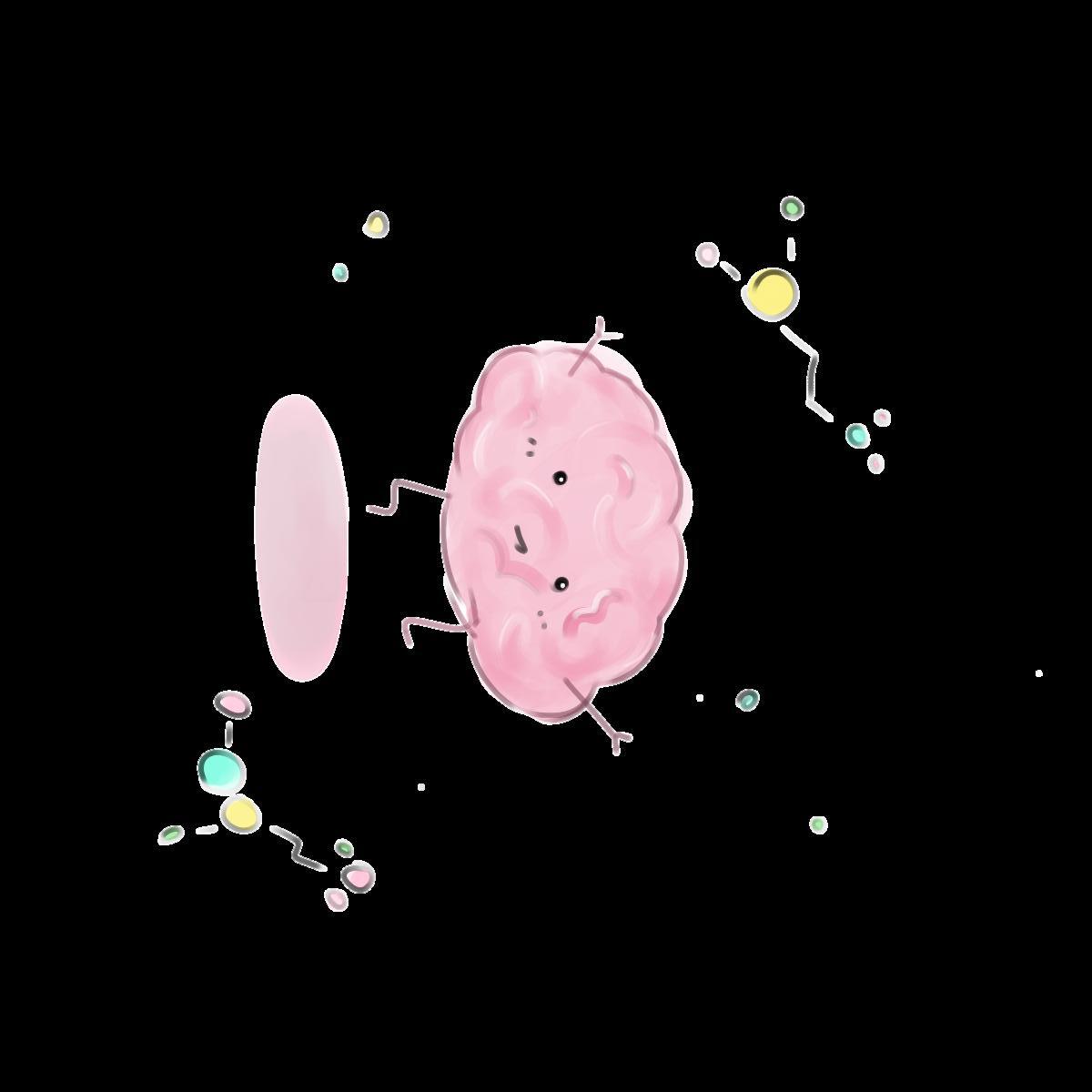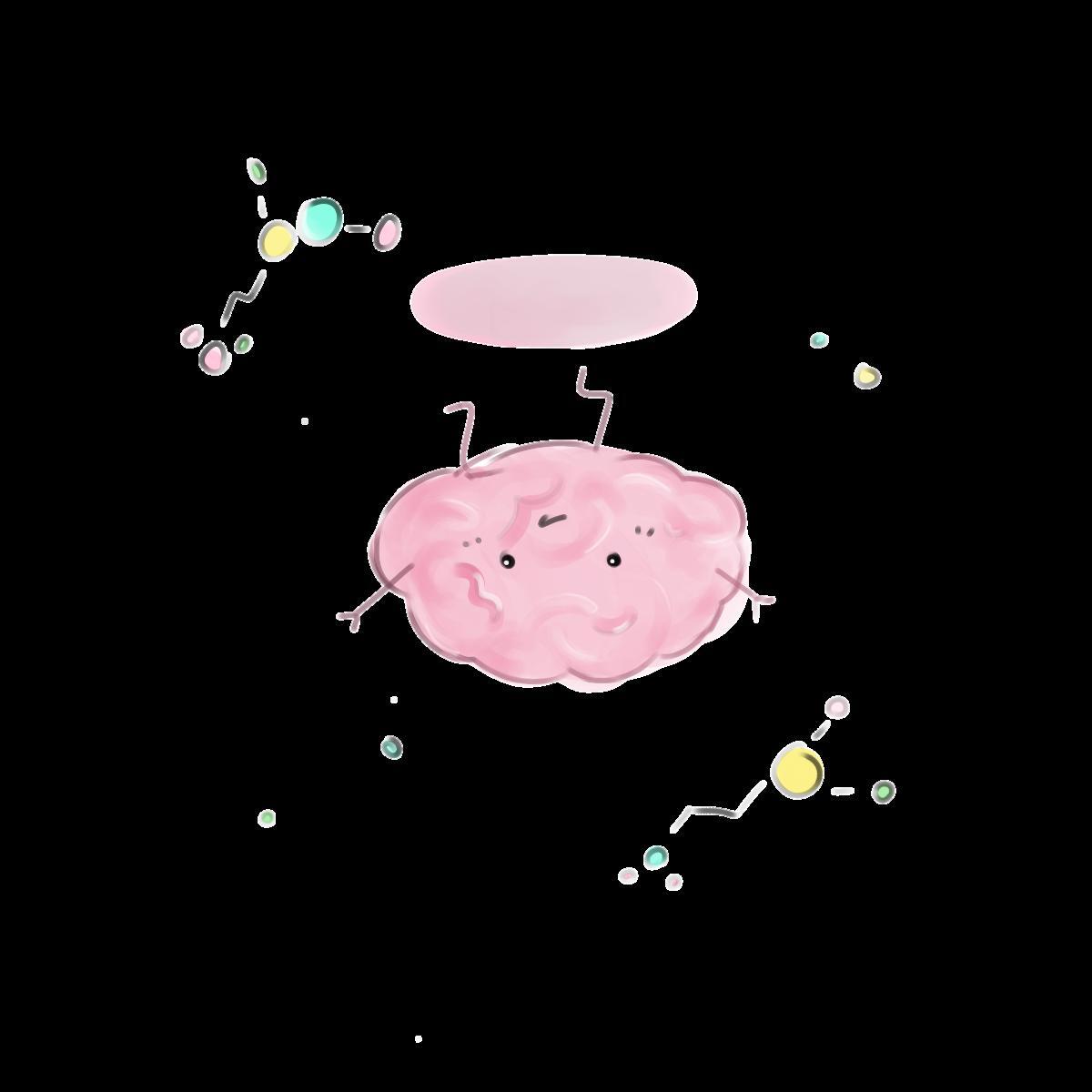
1 minute read
THE MESSENGERS INSIDE YOUR BRAIN
from Winter 2023 Edition
by scienceholic
Author: Ellie Wang
Editors: He-Hanson Xuan and Max Ye
Advertisement
Artist: Serena Yung individual, unique shapes of the receptors are how the neurons can differentiate between the 60+ types of neurotransmitters


Every day, you feel a plethora of emotions and physical reactions due to various stimuli, but how does your brain interpret those stimuli and translate them into responses? Neurotransmitters. Your body produces these chemical messengers to communicate with itself. These molecules are endogenous, synthesized by your neurons After being created immediately, neurotransmitters are used for communication between neurons or specialized sensory or muscle cells The process of sending a signal requires the neurotransmitters to travel through a miniature gap between neurons known as the synapse. An activated neuron cell releases neurotransmitters from synaptic vesicles intracellular “pockets” made of the same phospholipid material as the cell membrane Although some neurons release only one type of neurotransmitter, others can deliver multiple neurotransmitters Receptors then receive these molecules on the neuron on the other side of the synapse. The receptors are shaped to specifically bind to a single neurotransmitter. The
One commonly known neurotransmitter is serotonin It is produced almost exclusively in the raphe nuclei in the brainstem's midline Low serotonin can lead to depression and anxiety, while high amounts can cause osteoporosis (weak bones) and a slew of unpleasant symptoms. Such high levels can be classified as serotonin syndrome. It has symptoms that vary in severity: mild symptoms including shivering, heavy sweating, and twitching muscles, and severe symptoms including unconsciousness, seizures, and irregular heartbeat. People who take excess amounts of serotonin or illicit drugs that increase serotonin levels are more at risk for serotonin syndrome. However, serotonin can be a very useful substance when appropriately used SSRIs, or selective serotonin reuptake inhibitors, block the reuptake of serotonin into neurons, so there is more serotonin available for signaling in the synapse, causing neurons with serotonin receptors to remain active for longer periods of time during signaling. Since psychological disorders such as











